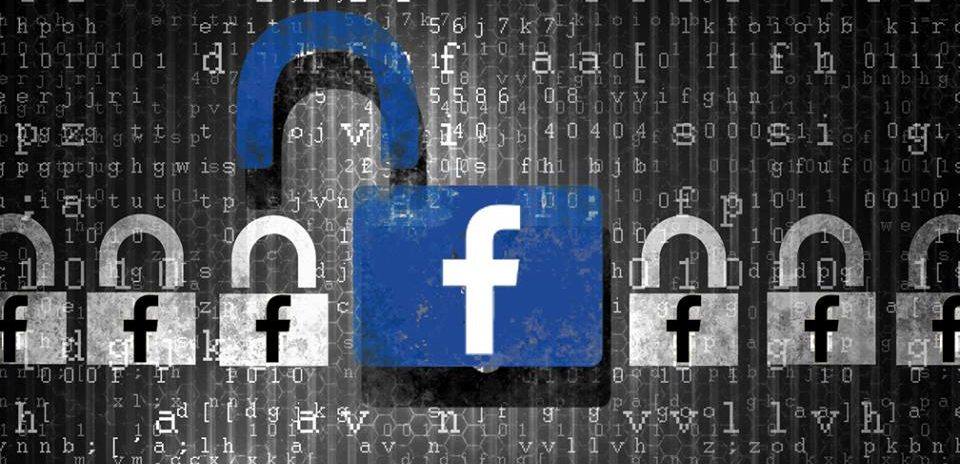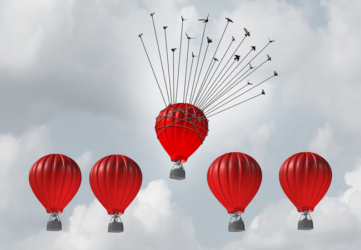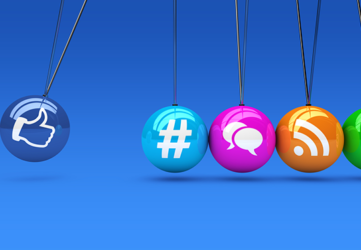You believe you’re doing OK when it comes to this social media thing because, well, simply put: you’re using it. You know that everyone including their mother (and now grandmother) are on Facebook. So you join in the fun too! You know how to post, share, add color to messages, use emojis, react, comment and, wait for it… even use hashtags. You’re the cat’s meow now, right?!
So why isn’t your audience growing?
You’ve set up a Facebook page for your business, ministry, non-profit, service, organization, pop-up shop or online retail store and you’ve been trying your hardest to get the word out. You’ve posted, and posted, and posted some more… but you only receive a handful of likes. Many are from the same people (hi grandma!).
Time passes. Some followers even leave the party (gasp!). Your products are great, you post regularly – so it’s not you, right? So something’s got to be wrong with Facebook! Curse you, algorithms!
Sound familiar?
The reality is that organic reach for Facebook page posts declined by 52% in 2016*, which means fewer people will ever see your posts. In order for Facebook to work for you, you have to understand how Facebook works. The key to what controls it all is Facebook’s EdgeRank algorithm*. Edgerank is made up of three factors: Affinity Score, Edge Weight, and Time Decay. These three ingredients determine what you’ll see in your news feed. Let’s break this down.
Affinity Score
Affinity scoring measures how “connected” you are to someone. The more you interact with a user’s posts (and they in turn react to yours), the more their content will appear in your news feed. It also takes into account the number of mutual connections you have. The friends whose posts you comment on, share, and engage most with, and who have the most mutual connections, are the ones who will frequently appear in your feed. Those connections you rarely interact with and have fewer mutual connections with will eventually disappear from your feed. This is how you could have 300+ connections but only see content from the 10% or so you interact with. This means that in return, just 10% of so of your 300+ connections ever see your posts too.
Edge Weight
Every time you take an action on Facebook it creates an “edge.” Each action carries a different weight, and gives different users unique experiences tailored to their natural preferences. Comments “weigh” more than likes. Likes weigh more than clicks or views. Video and pictures weigh more than links and plain text. Furthermore, these could all change based on an individual’s reaction to them. Say you enjoy watching videos and seeing pictures from friends, but your friend Suzie mostly clicks on links to other articles and blog posts that were shared. Her “edge” score could be high for content with links in them, so that’s what Suzie sees most in her Facebook feed. Alternately, your “edge” score could be high for pictures and video and low for other types of content – so you’re not seeing what Suzie sees. This explains why you and your friends will never see the same content in your news feeds.
Time Decay
This one you probably already grasp. To put it very simply: the older a story becomes, the lower its value becomes until it drops off completely. Some posts quickly become nothing more than a TimeHop for next year.
Keep these factors in mind as you post Facebook content, and remember the SOCIAL part of social media. Like a conversation, this is a two way street. If what you have to say is not interesting enough, you’ll eventually have no one to talk to.
*Sources:







